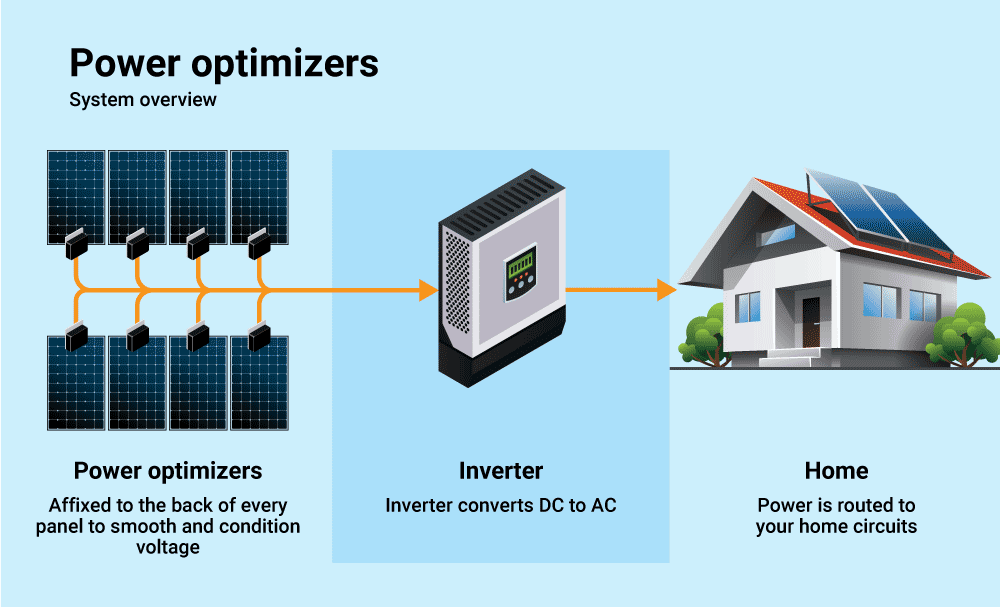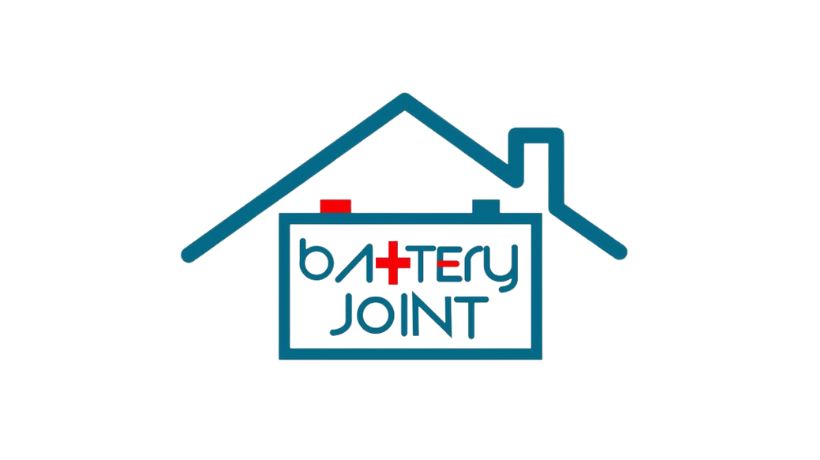
Ever found yourself in the middle of a power cut, wishing you had a reliable source to keep your home humming along?
Well, you’re not alone, mate. Investing in an inverter can be a game-changer for your home’s energy needs. But where do you even start?
Fear not, because I’m here to guide you through the ins and outs of choosing the perfect inverter for your sanctuary.
First things first, you need to figure out your energy needs. It’s like finding the right pair of shoes – you need to know your size to get the perfect fit. We’ll explore how to measure your home’s energy appetite so you can pick an inverter that won’t leave you in the dark.
Now, not all inverters are created equal. You’ve got your pure sine wave types, which are like the Rolls-Royce of inverters, and then there’s the modified sine wave, which might be more your cup of tea if you’re watching the pennies. We’ll delve into the nitty-gritty of these options to help you understand which one will play nice with your gadgets.
And it’s not just about the type – features matter too. We’ll talk about what bells and whistles are worth your hard-earned cash, ensuring you get the most bang for your buck. Plus, we’ll tackle the tricky business of figuring out how much power you actually need.
It’s like a math puzzle, but don’t worry, I’ve got some tricks up my sleeve to make it a doddle. Choosing the right battery is another crucial step – it’s the heart of your inverter, after all. We’ll go over the different types and how to keep them ticking over nicely. And when it comes to setting up your new kit, I’ve got some top-notch installation tips to share.
Of course, we can’t forget about the brands and models. With so many options out there, it’s about finding Cinderella fit for your budget. And to top it all off, I’ll throw in some sage advice on keeping your inverter in tip-top shape for years to come.
So, grab your zobo and popcorn, let’s dive into the world of inverters!
Assessing Your Home’s Energy Requirements for an Inverter
Before investing in an inverter for your home, it is crucial to accurately determine your energy needs. This step is essential to ensure that the inverter you choose can handle the load of your electrical appliances during a power outage.
Start by making a comprehensive list of all the devices you intend to power with the inverter, including lights, fans, computers, refrigerators, and other essential equipment. For each device, note down its power rating, typically found on the product label or in the user manual.
The sum of these ratings will give you a rough estimate of the total wattage required, which is the starting point for selecting the appropriate inverter capacity. Below is Inverter Load Chart to help you ascertain the right capacity to buy:

To refine your assessment, consider the duration for which each appliance will be used during a power outage. This will help you calculate the total energy consumption in watt-hours, a critical factor in determining the size of the battery bank needed to support your inverter.
A checklist that includes the power ratings and usage duration will serve as a guide to ascertain the inverter’s VA (Volt-Ampere) rating, which should be higher than the total wattage calculated. Remember to factor in a margin for future expansion and the inverter’s efficiency, which typically ranges from 80% to 90%.
By meticulously evaluating your home’s energy requirements, you can make an informed decision on the right inverter that meets your needs without overspending on unnecessary capacity.
Understanding Inverter Types: Pure Sine Wave vs. Modified Sine Wave
When selecting an inverter for your home, the distinction between Pure Sine Wave and Modified Sine Wave inverters is critical.
Pure Sine Wave inverters deliver power that is virtually identical to the supply from your utility company, ensuring that your devices run smoothly and efficiently. This type of inverter is generally the preferred choice for powering sensitive electronic equipment, as it mimics the natural AC waveform.
On the other hand, Modified Sine Wave inverters produce a more simplified, stepped waveform that may be suitable for basic appliances but can cause issues with more delicate electronics or devices with variable speed controls.
While Pure Sine Wave inverters are often more expensive, they offer the advantage of being compatible with nearly all household devices, including those with undefined or variable loads. This makes them a safer and more versatile investment in the long run.
Modified Sine Wave inverters, although more cost-effective, may not efficiently power devices such as laser printers, certain chargers, or medical equipment.
It is essential to assess the types of devices you intend to run on your inverter before making a decision, as the wrong choice could lead to poor performance or even damage to your equipment.
Key Features to Consider When Choosing a Home Inverter
Identifying the right inverter for your home requires a careful assessment of several critical features. The power requirement of your household is paramount, as it dictates the inverter’s capacity.
Calculate the total wattage of the appliances you intend to run during power outages to determine the VA (Volt-Ampere) rating needed. Additionally, the inverter’s efficiency, often expressed as a percentage, should be high to ensure that most of the power is converted and used effectively. This efficiency rating can significantly impact your electricity bills and the inverter’s performance during critical times.
The battery is the backbone of any inverter system, storing the electrical energy for use when the grid fails. Therefore, the choice of battery – whether lead-acid, maintenance-free, or lithium-ion – will affect the lifespan, maintenance requirements, and overall cost.
For instance, lithium-ion batteries, while more expensive upfront, offer a longer lifespan and require less maintenance compared to traditional lead-acid batteries.
It’s also essential to consider the charging time and the backup time provided by the inverter, as these will determine how well the inverter can support your needs during prolonged power cuts.
Lastly, modern inverters come with a range of additional features that can enhance user experience and safety. Look for models with digital displays for easy monitoring of battery status and load capacity.
Protection features such as over-voltage, short circuit, and deep discharge protection are critical for the safety of your electrical appliances. Moreover, some inverters offer smart connectivity options, allowing you to control and monitor the system remotely.
Below is a comparison table showcasing different inverter models and their key specifications to aid in your decision-making process:
| Inverter Model | Capacity (VA) | Battery Type | Efficiency (%) | Charging Time | Backup Time | Additional Features |
| PowerX 1500VA | 1500 | Lead-Acid | 80 | 6-8 hours | 4-6 hours | Digital Display, Overload Protection |
| EcoVolt 1000VA | 1000 | Maintenance-Free | 82 | 10-12 hours | 8-10 hours | Smart Connectivity, Fast Charging |
| GreenPower 2000VA | 2000 | Lithium-Ion | 90 | 3-4 hours | 6-8 hours | Remote Monitoring, Short Circuit Protection |
Battery Selection for Your Inverter: Types and Maintenance
Choosing the appropriate battery for your inverter is crucial for ensuring optimal performance and longevity. There are several types of batteries available, including lead-acid, gel, and lithium-ion, each with its own set of advantages and maintenance requirements.
Lead-acid batteries are commonly used due to their cost-effectiveness, but they require regular maintenance, such as checking water levels and ensuring proper charging.
Gel batteries, on the other hand, are maintenance-free but come with a higher price tag. Lithium-ion batteries are the most advanced, offering a longer lifespan and higher efficiency, but they are also the most expensive.
Maintenance is a key factor that can significantly affect the lifespan and efficiency of your inverter’s battery. Regular cleaning of the battery terminals to prevent corrosion, ensuring the battery is kept at a recommended charge level, and avoiding overcharging are essential maintenance practices.
For lead-acid batteries, it’s important to monitor the electrolyte levels and top them up with distilled water when necessary. No matter the type of battery, it should be installed in a well-ventilated area to prevent overheating and to prolong its life.
In conclusion, the selection of a battery for your inverter should be based on a balance between cost, maintenance requirements, and performance needs. While lead-acid batteries may be more affordable upfront, the maintenance and potential shorter lifespan could lead to higher costs over time.
Gel and lithium-ion batteries offer maintenance-free solutions with longer lifespans, but at a higher initial investment. Careful consideration of these factors will ensure that you choose the best battery for your home inverter system.

Installation Tips: Positioning and Setting Up Your Home Inverter
Proper installation is crucial for the optimal performance and longevity of your home inverter. It is recommended to install the inverter in a well-ventilated area to prevent overheating, which can lead to reduced efficiency and potential damage.
Ensure that the location is dry, free from dust, and away from direct sunlight. Additionally, the inverter should be mounted on a sturdy wall that can support its weight, and it should be easily accessible for maintenance.
Remember to leave sufficient clearance around the unit to facilitate air flow and cooling. Consult the manufacturer’s manual for specific spacing requirements, as these can vary between models.
BatteryJoint offers high quality batteries, inverters, and solar panels at the lowest price In Nigeria. Our after-sales support is next to none. Speak with our experts now.
